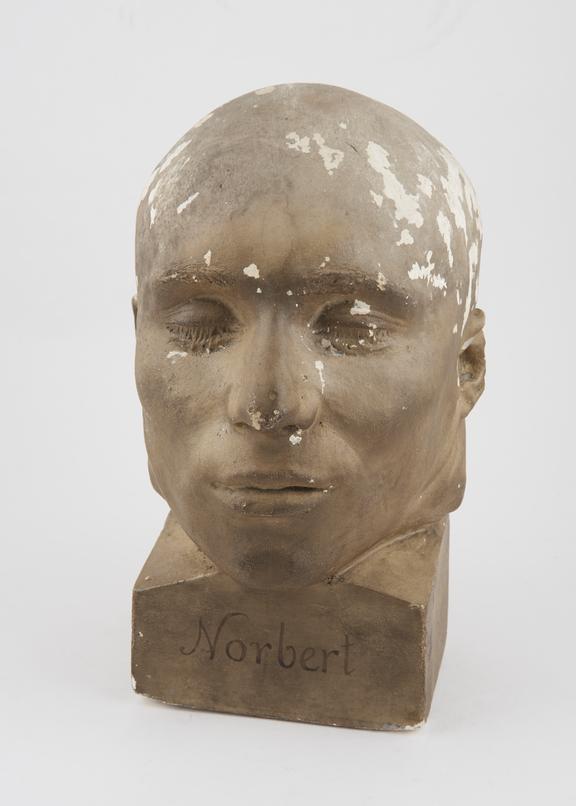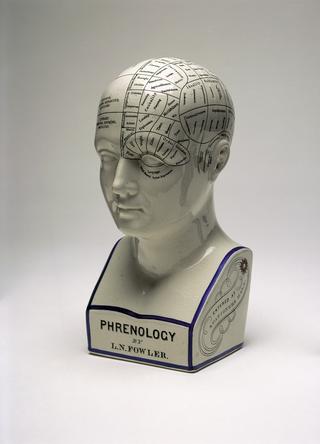




Painted plaster head and stand, representing French criminal Norbert after execution, collected by Dr. Gachet, probably for phrenological use, French, 1831-1900.
During the 1800s, plaster heads of executed criminals were used for an emerging field of study called phrenology. Phrenologists believed the shape and size of areas of the brain (and therefore the overlying skull) determined personality. This meant criminals such as Norbert made interesting subjects. Heads like this were part of larger phrenological reference sets which included famous people and ethnographic examples. This example belonged to Dr. Paul-Ferdinand Gachet (1777-1850). He is best known for treating painter Vincent van Gogh in the last weeks of his life. Gachet was the subject of one of van Gogh’s most famous paintings.
Details
- Category:
- Psychology, Psychiatry & Anthropometry
- Collection:
- Sir Henry Wellcome's Museum Collection
- Object Number:
- A158243
- Materials:
- plaster
- Measurements:
-
overall: 280 mm x 180 mm x 220 mm, 3.54 kg
- type:
- phrenological head and death mask
- credit:
- Gachet, Dr.




